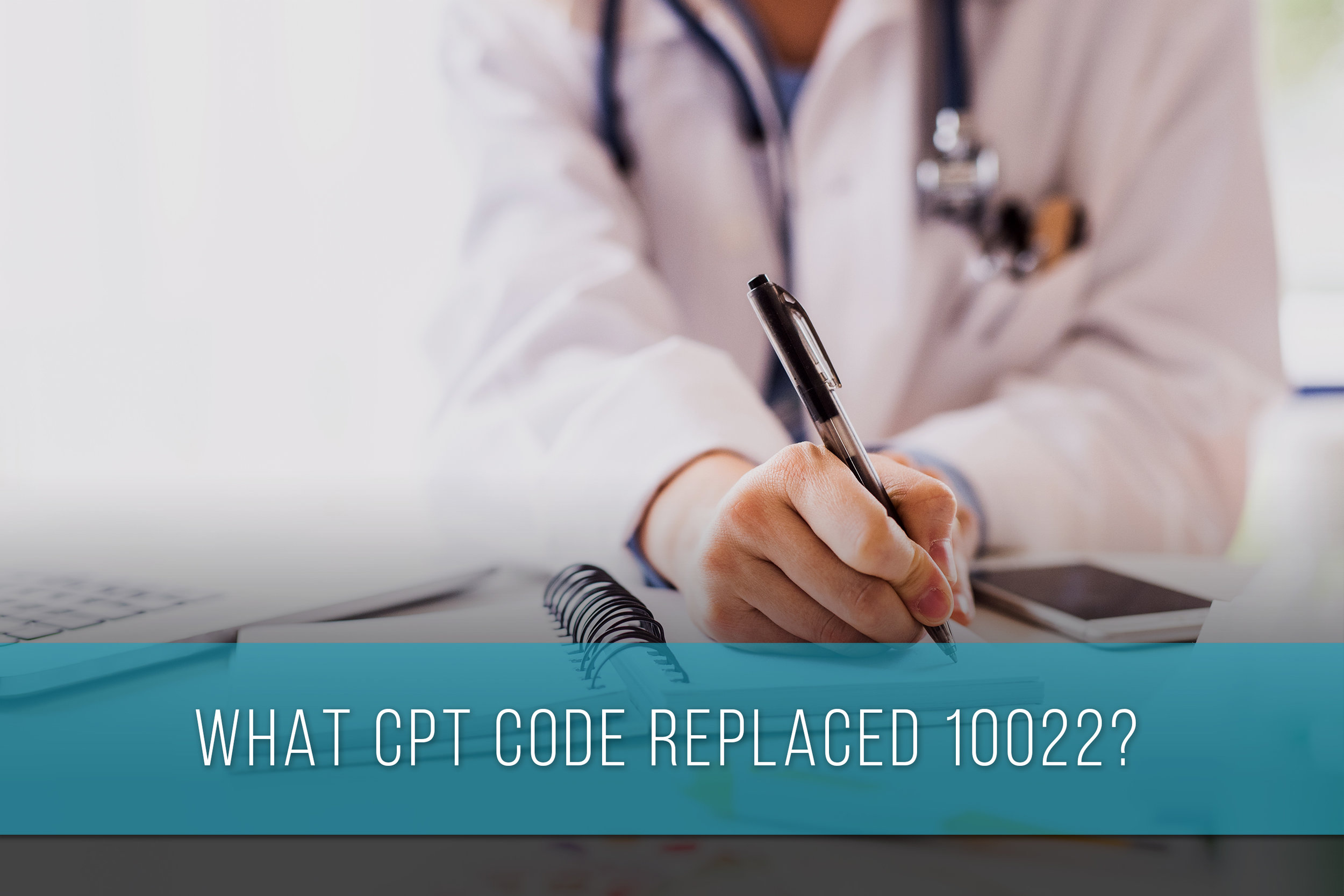By:Jacqueline Thelian, CPC, CPC-I, CHCA
CPT code 10022 Fine needle aspiration; with imaging guidance was replaced in 2019 with the following range of CPT codes 10005-10012.
CPT 2019 includes a new subsection of CPT codes for Fine Needle Aspiration (FNA) Biopsy as these codes now include imaging guidance as part of the procedure. The subsection includes the following codes, including the nine new codes, all of which are reported by type of imaging modality and per lesion.
10021 Fine needle aspiration biopsy, without imaging guidance; first lesion (not a new code)
+10004 each additional lesion (List separately in addition to code for primary procedure)
10005 Fine needle aspiration biopsy, including ultrasound guidance; first lesion
+10006 each additional lesion (List separately in addition to code for primary procedure)
10007 Fine needle aspiration biopsy, including fluoroscopic guidance; first lesion
+10008 each additional lesion (List separately in addition to code for primary procedure)
10009 Fine needle aspiration biopsy, including CT guidance; first lesion
+10010 each additional lesion (List separately in addition to code for primary procedure)
10011 Fine needle aspiration biopsy, including MR guidance; first lesion
+10012 each additional lesion (List separately in addition to code for primary procedure)
When more than one FNA biopsy is performed on separate lesions at the same session, same day, same imaging modality, use the appropriate imaging modality add on code for the second and any subsequent lesions. For example:
10005 Fine needle aspiration biopsy, including ultrasound guidance; first lesion
+10006 each additional lesion (List separately in addition to code for primary procedure)
When FNA biopsies are performed on separate lesions, same session, same day, using different imaging modalities
Report the corresponding primary code with modifier 59 for each additional imaging modality and the corresponding add on codes for subsequent lesions sampled. Regardless if the lesions are ipsilateral or contralateral to each other, and/or whether they are in the same or different organ/structures. For example:
10007 Fine needle aspiration biopsy, including fluoroscopic guidance; first lesion
10005 -59 Fine needle aspiration biopsy, including ultrasound guidance; first lesion
+10006 each additional lesion (List separately in addition to code for primary procedure)
In this example three lesions are biopsied, one by fluoroscopy and two by ultrasound. Modifier 59 is appended to the second fine needle aspiration code (10005) by ultrasound and CPT code 10006 is reported to capture the second fine needle aspiration by ultrasound.
Source:
2019 Current Procedural Terminology (CPT)










